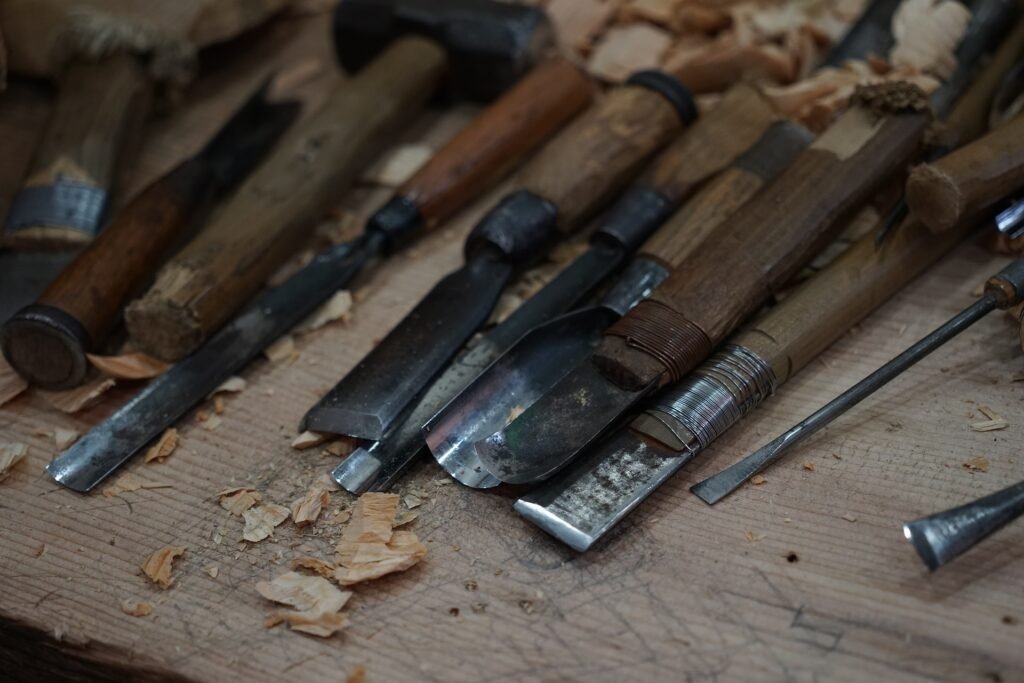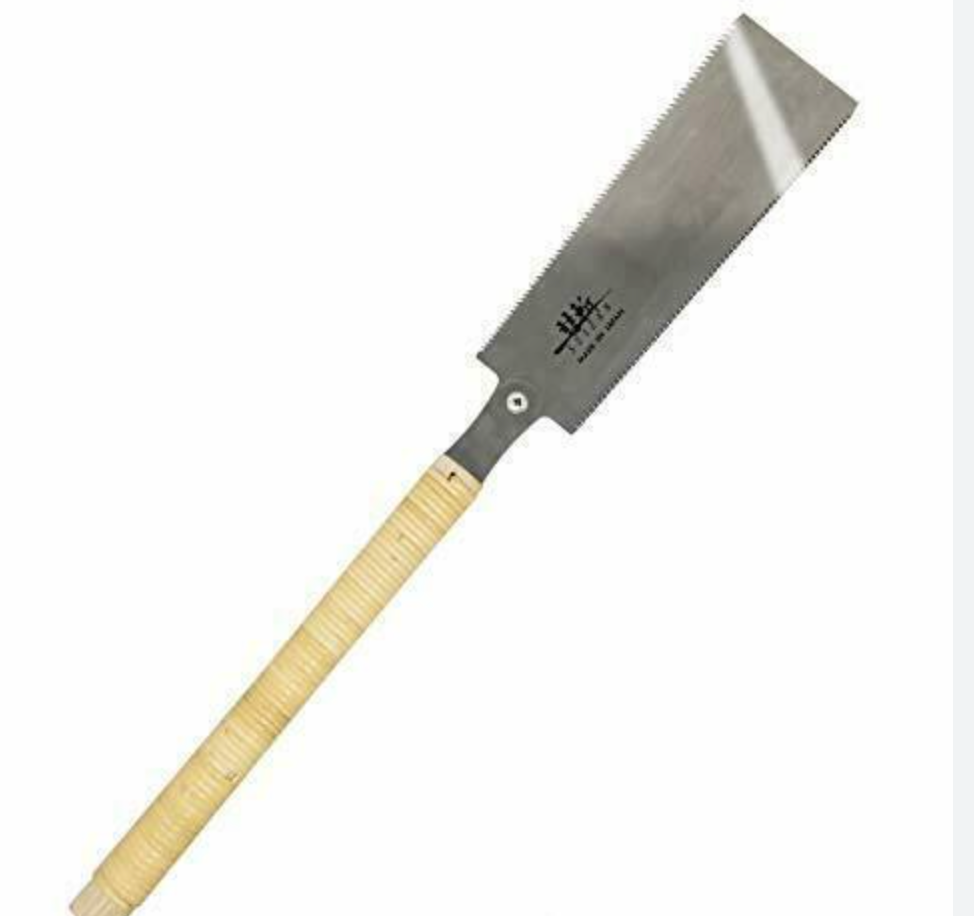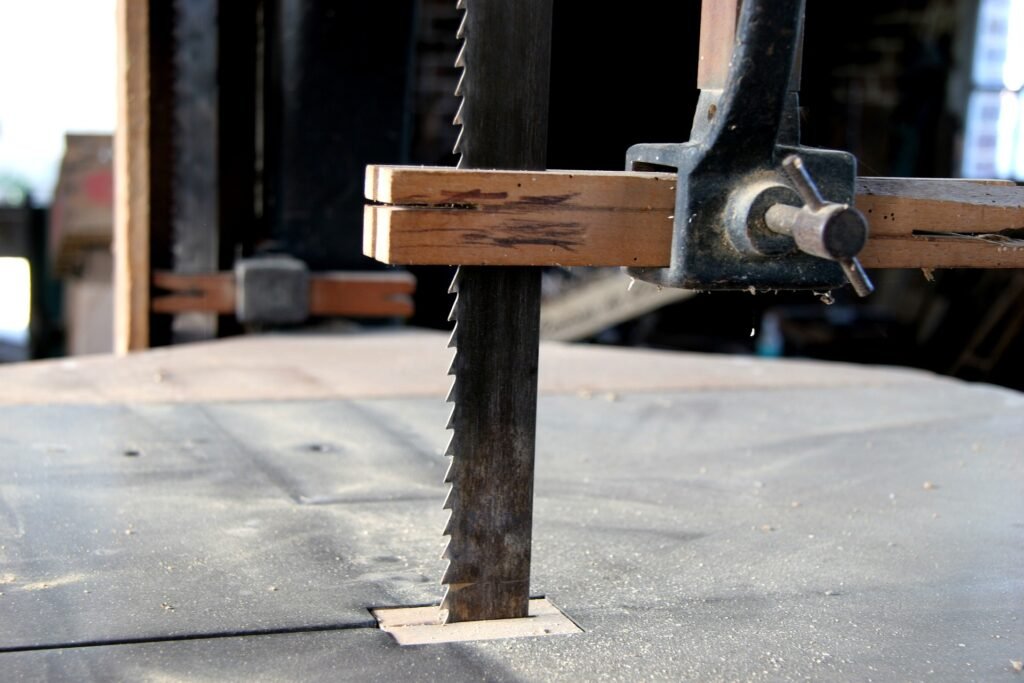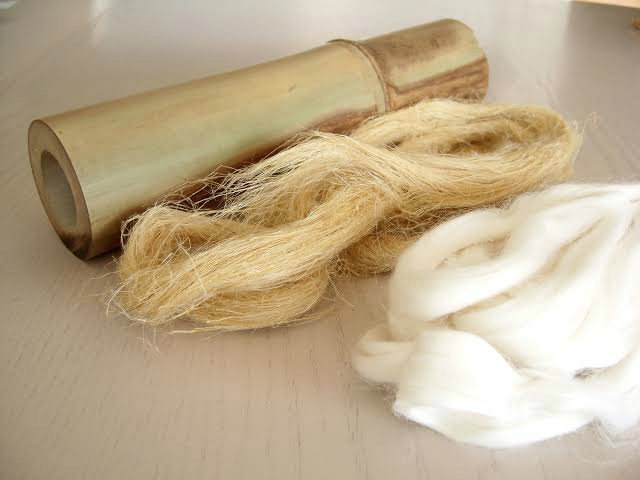How To Hollow Out Bamboo

Are you looking for a fun and creative way to use bamboo in your DIY projects? Well, you’re in luck because hollowing out bamboo can be a fantastic addition to any project, from making planters to crafting unique drinking straws. Hollowing out bamboo might seem like a daunting task, but trust me, it’s easier than it looks. By learning how to hollow out bamboo, you’re adding a visually attractive element to your DIY projects and utilizing a sustainable, eco-friendly material!
In this guide, we’ll share instructions on hollowing out bamboo. We’ll also explore the best tools to use. So, let’s get to it!
5 Ways On How To Hollow Out Bamboo
There are different methods you can use to hollow out bamboo. Here are 8 of the most common techniques:
① Using a Drill

First, you’ll need to gather your materials. You’ll need a bamboo stalk, a drill, and a long drill bit. Then, measure the length of the holes you want to create by placing the drill bit next to the stalk. Make sure the drill bit extends past the end of the bamboo.
Next, clamp the bamboo stalk down securely onto your work surface. This will keep it from moving around while you drill. Then, slowly and carefully drill through the end of the stalk, keeping the drill bit straight.
Use a back-and-forth motion to remove excess material and smooth out the interior of the bamboo. And that’s it! You now have a nice hollowed-out bamboo stalk ready to be used for your crafting project.
② Using a Chisel

You can also use a chisel to hollow out bamboo. This method has been used for centuries and is still widely used today.
To get started, you’ll need a sharp chisel, a hammer, and of course, some bamboo. Ensure your bamboo is dry, making it easier to work with. First, cut off the node and trim the ends of your bamboo section.
Then, make a small hole at one end of your bamboo using a drill or a small knife. Use this hole as a starting point to begin hollowing out the bamboo.
To hollow out the bamboo:
- Gently hammer the chisel into the bamboo at the starting point and begin chipping away at the inner walls while slowly moving the chisel further into the hollow space.
- Be sure not to go too deep or too fast, as you may split the bamboo.
- Take your time and work gradually, checking your progress every so often.
③ Using a Saw

This method is best used when the desired length of your hollowed-out section is quite long. Note that you’ll need to choose the right saw for the job. A good option is a Japanese pull saw because it can make clean, precise cuts. Next, you’ll need to cut off the bottom of the bamboo so that it can stand upright.
Then, make a series of vertical cuts down the length of the bamboo, leaving about a quarter inch of space between each cut. Be sure only to cut about 2/3 of the way through the bamboo, leaving the outer third intact.
Once you’ve made your vertical cuts, use the saw to cut horizontally across the top of the bamboo, connecting the vertical cuts. As you do this, you’ll start to see “slices” of bamboo peeling away from the inside. Use a chisel or knife to scrape away any remaining fibers until the inside is completely smooth.
④ Using a Bottle or Can
Use a bottle or can if you’re looking for a more creative way to hollow out bamboo! To start, you’ll need to cut the bamboo to the desired length and locate the end of the culms (the section where there are no nodes).
Once you’ve found the bamboo culm, take a bottle or can (a tin can of corn works great), and remove the label and lid. From here, you’ll want to cut the bottle or can at an angle so that it can easily scrape the inside of the bamboo.
Holding onto the open end of the culm, push the bottle or can down the length of the bamboo, scraping away the inner layer until you’ve removed as much as you need. You can use sandpaper or a file to get a smooth finish on the bamboo’s inside, then rinse it out to remove any debris.
⑤ Using a Bandsaw

First, you’ll need a bandsaw with a blade designed for cutting curves. Then, you’ll need to cut your bamboo to the desired length. Using a pencil, mark a line down the center of the bamboo. This will be your guide as you cut the bamboo in half lengthwise.
Next, clamp one half of the bamboo to a worktable so that the marked line is facing up. Then, use your bandsaw to cut along the marked line. Be sure to take it slow and steady – bamboo is tough, and a quick cut could cause the blade to overheat.
Once you’ve cut along the entire length of the bamboo half, flip it over and repeat the process on the other side. This should give you two pieces of bamboo that are hollow in the center. From here, you can sand or shape them as needed.
Tips and Reminders for Hollowing Out Bamboo

Bamboo carving is an ancient craft that has become increasingly popular in recent years. It’s no wonder why – bamboo is an excellent material to work with due to its strength, flexibility, and beauty. However, a bamboo hollow can be a tricky task, especially if you are new to woodworking. Here are some tips and reminders to guide you through the process.
✅ Choose The Right Bamboo
Not all bamboo is created equal – some bamboo species are better suited to certain projects than others. When it comes to hollowing out bamboo, you’ll want to choose a species that has a long, straight culm (the stalk of the bamboo plant) with thin walls and a relatively large diameter. The thicker the bamboo, the harder it will be to hollow out, so you might want to start with a thin piece to practice your technique.
Some good choices include Moso, Tonkin, and Guadua bamboo. You’ll also want to ensure the bamboo is dry and free of cracks or splits.
✅ Take it Slow
Hollowing out bamboo is a time-consuming process, and it’s not something you want to rush. Take your time and be patient – it’s better to make small, slow cuts than to take big chunks out all at once.
It’s also important to pay attention to the grain of the bamboo – always cut in the same direction as the grain, as this will help prevent splintering.
✅ Keep Your Workspace Clean
Working with bamboo can be messy, so make sure to keep your workspace clean and tidy. Use a dustpan and brush to remove any debris and dispose of it properly. This will not only keep your workspace organized, but it will also prevent any accidents or injuries caused by slipping on debris.
✅ Be Mindful of Safety
Bamboo is tough and fibrous, which can make it difficult to work with – especially if you’re using sharp tools. Safety should always be your top priority, so wear protective gear like gloves and safety glasses. Take care when handling sharp tools; always keep your hands and fingers clear of the blades.
✅ Practice Makes Perfect
Mastering the art of hollowing out bamboo requires patience and practice. Don’t assume that your first attempt at something will turn out perfectly. Don’t rush things; complete each step deliberately, and keep your spirits up even if the outcome isn’t what you had hoped for. Keep practicing and improving your skills.
Frequently Asked Questions
Q: What is the difference between a bamboo rod and a bamboo pole?
Bamboo rods and poles may sound similar, but they are actually quite distinct. Let’s break it down: a bamboo pole is your straightforward, everyday cylindrical bamboo stick. It’s tough, sturdy, and great for basic tasks like supporting plants in the garden. On the other hand, a bamboo rod is specifically crafted for fly fishing – it’s lightweight, flexible, and carefully designed to provide the perfect action when casting in the water.
Q: How can I ensure that the hollow section is even along the entire length of the bamboo?
Making sure the hollow section is even along the entire length of the bamboo can be a bit of a challenge. Here’s a tip: start by creating a blueprint or a plan for your project and measuring the length and diameter of the bamboo. This will help you figure out which tools you need and the exact spot where you need to make your cuts. And speaking of cuts, use a sharp saw and a steady hand! Keep in mind that bamboo can be tough to work with, but a little patience and attention to detail will help you achieve a beautiful and even result.
Q: Can I use bamboo sticks for carving and furniture making?
Absolutely, bamboo sticks can be great for carving and even furniture making! Their natural strength and durability make them a popular choice among craftsmen and DIY enthusiasts alike. Plus, the unique grain pattern and color of bamboo can add a beautiful touch to any piece. Of course, like any material, certain techniques and tools are required to work with bamboo effectively. But with a little practice, you can create some stunning works of art or functional furniture pieces that will last for years.
Q: Why are my bamboo canes splitting when I cut them?
It can certainly be frustrating to put all that effort into cutting your canes, only to find them splitting apart right before your eyes. But fear not, for there are reasons behind this phenomenon that can be easily addressed. One of the most common culprits is simply that the canes are too dry or brittle when you attempt to cut them. Make sure to choose healthy and well-hydrated canes, and try to cut them in the early morning when moisture levels are highest. Another tip is to use a sharp, clean-cutting tool to avoid any unnecessary stress on the canes.
Q: Can I use a steel saw blade to hollow out bamboo?
You can certainly use a steel saw blade to hollow out bamboo. Some people may prefer to use specialized bamboo saw blades, but if you have a steel saw blade on hand, there’s no reason why you can’t use it. Just be sure to choose a blade with a fine-toothed edge, allowing you to make precise cuts without damaging the bamboo.
Final Words
Hollowing out bamboo is not as daunting as it may seem at first. With a few simple tools and some patience, you can create beautiful and functional bamboo items that will impress all your friends. Whether you want to make a bamboo drinking cup, a vase, or even a musical instrument, the key is to take your time, work carefully, and enjoy the process. Don’t be afraid to experiment with different shapes and sizes or to try out new techniques and designs. And most importantly, have fun! Hollowing out bamboo is a great way to express your creativity and connect with the natural world, so dive in and see where your bamboo adventures take you.





